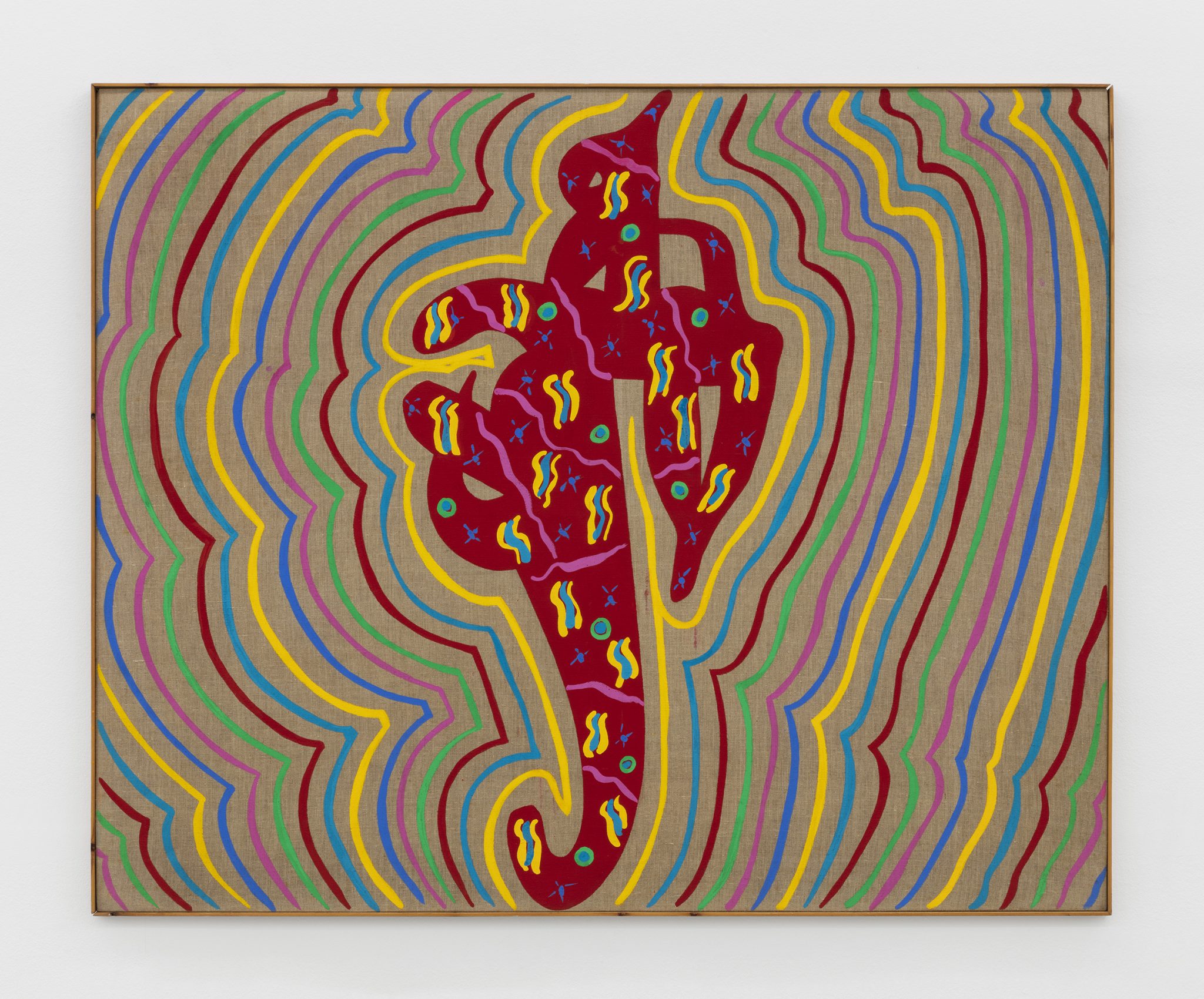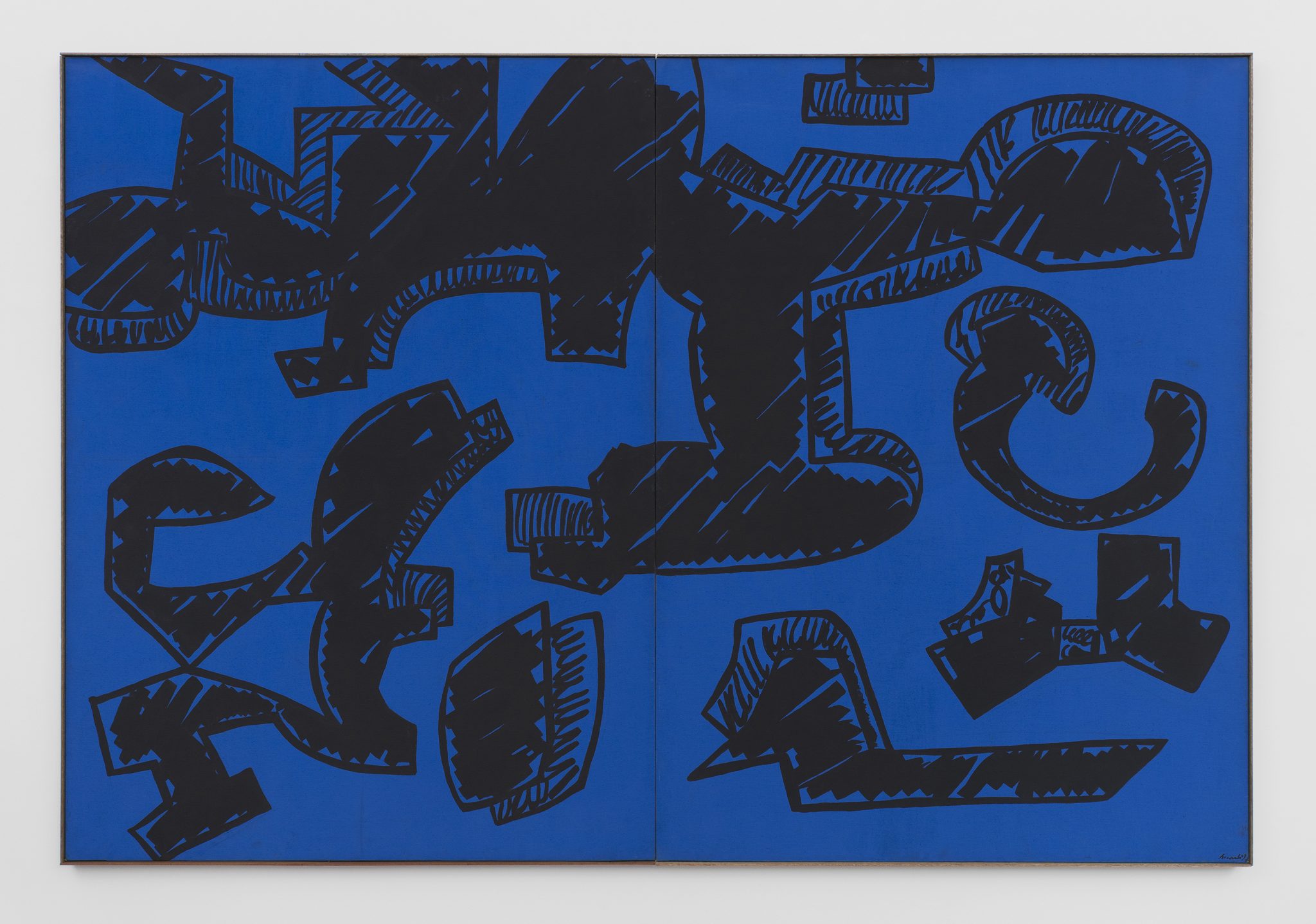Opening 22/03 - 22/03 - 14/05, 2022
-
Carla Accardi
Scrivere con il colore
Curated by Lorenzo Benedetti
Scrivere con il colore (Writing with colors) is an attitude that one can see in many aspects of Carla Accardi’s work, from the horizontal position with which the artist creates her canvases – set on a table or on the ground – which reflects the very act of writing, to the amplifying manner in which the titles denote a metalinguistic function. Beginning in the 1980s, poems of Dino Campana, Daniele Pieroni, Francesco Serrao, Andrea Zanzotto, Valentino Zeichen and the verses of artist Bizhan Bassiri, are sources of inspiration for the titles of Carla Accardi’s works, allowing her to create lively dialogue between art and poetry. Words and signs are in constant relation to one another.
The central part of the show is occupied by Fregio from 2004, a series of 15 ink drawings on paper which dialogue directly with a composition by Valentino Zeichen. The relationship between each individual drawing and the poet’s corresponding verse becomes a continuum between text and image, between poetry and sign. By bringing together technical features, from the chiaroscuro to the negative, with mysterious traces of semantic meaning, Accardi and Zeichen generate a musical sound, a meter of signs. Fregio reveals the perfect and mysterious synchronicity of the poetic verse which can be converted into signs.
In Stella (Dieci triangoli rossogialli), Parentesi n.1 and Parentesi n.3, the artist creates and abstraction of painting technique, by using typographical symbols to generate a metalanguage which alters its logical structure. This anti-pictorial attitude can be found in the artist’s work beginning from the 1950s. The direct and concise relationship with the content and the continuous attempt at subtraction and simplification are made manifest by the absence of color, to the point of subverting the painting support.
With the radical use of sicofoil, in the mid-1960s, Accardi abandoned the canvas and put the focus on the frame, using it as new a support for the painting. The idea of surface disappears and the sign is freed from its structure. Stella (Dieci triangoli rossogialli) graphically recalls the shape of an asterisk and its plastic surface becomes a protective element for the painting. We’re in 1981, shortly before the series of the Parentesi, a period that marks the return to canvas as a surface that maintains its “transparencies” through the use of raw fabric.
In Soli impigliati in frange e lappole and Luce crescente, both from 1997, Accardi returns to the sign of the 1950s, enlarging it and inspecting it in all of its individual elements. The macro-signs float freely in the space, as though they were words. Accardi extracts her signs like the phrases from poems.
In the work Blu su bianco from 1998, the design becomes the negative part of the painting. Language is presented in its conceptual construction in Si sdoppia e ricompare, a title which comes from a poem by Valentino Zeichen, both from 2011.
Poetry and Carla Accardi’s work share an incredible capacity for extremely direct communication, which however never frames the content in a closed form. Everything is open to the reconfiguration of a painting that becomes the property of whoever is reading or looking at it. Perhaps in this intense dialogue between signs and words we may even invert our senses, observing Accardi’s titles and reading her works.
Lorenzo Benedetti
Scrivere con il colore (Writing with colors) is an attitude that one can see in many aspects of Carla Accardi’s work, from the horizontal position with which the artist creates her canvases – set on a table or on the ground – which reflects the very act of writing, to the amplifying manner in which the titles denote a metalinguistic function. Beginning in the 1980s, poems of Dino Campana, Daniele Pieroni, Francesco Serrao, Andrea Zanzotto, Valentino Zeichen and the verses of artist Bizhan Bassiri, are sources of inspiration for the titles of Carla Accardi’s works, allowing her to create lively dialogue between art and poetry. Words and signs are in constant relation to one another.
The central part of the show is occupied by Fregio from 2004, a series of 15 ink drawings on paper which dialogue directly with a composition by Valentino Zeichen. The relationship between each individual drawing and the poet’s corresponding verse becomes a continuum between text and image, between poetry and sign. By bringing together technical features, from the chiaroscuro to the negative, with mysterious traces of semantic meaning, Accardi and Zeichen generate a musical sound, a meter of signs. Fregio reveals the perfect and mysterious synchronicity of the poetic verse which can be converted into signs.
In Stella (Dieci triangoli rossogialli), Parentesi n.1 and Parentesi n.3, the artist creates and abstraction of painting technique, by using typographical symbols to generate a metalanguage which alters its logical structure. This anti-pictorial attitude can be found in the artist’s work beginning from the 1950s. The direct and concise relationship with the content and the continuous attempt at subtraction and simplification are made manifest by the absence of color, to the point of subverting the painting support.
With the radical use of sicofoil, in the mid-1960s, Accardi abandoned the canvas and put the focus on the frame, using it as new a support for the painting. The idea of surface disappears and the sign is freed from its structure. Stella (Dieci triangoli rossogialli) graphically recalls the shape of an asterisk and its plastic surface becomes a protective element for the painting. We’re in 1981, shortly before the series of the Parentesi, a period that marks the return to canvas as a surface that maintains its “transparencies” through the use of raw fabric.
In Soli impigliati in frange e lappole and Luce crescente, both from 1997, Accardi returns to the sign of the 1950s, enlarging it and inspecting it in all of its individual elements. The macro-signs float freely in the space, as though they were words. Accardi extracts her signs like the phrases from poems.
In the work Blu su bianco from 1998, the design becomes the negative part of the painting. Language is presented in its conceptual construction in Si sdoppia e ricompare, a title which comes from a poem by Valentino Zeichen, both from 2011.
Poetry and Carla Accardi’s work share an incredible capacity for extremely direct communication, which however never frames the content in a closed form. Everything is open to the reconfiguration of a painting that becomes the property of whoever is reading or looking at it. Perhaps in this intense dialogue between signs and words we may even invert our senses, observing Accardi’s titles and reading her works.
Lorenzo Benedetti
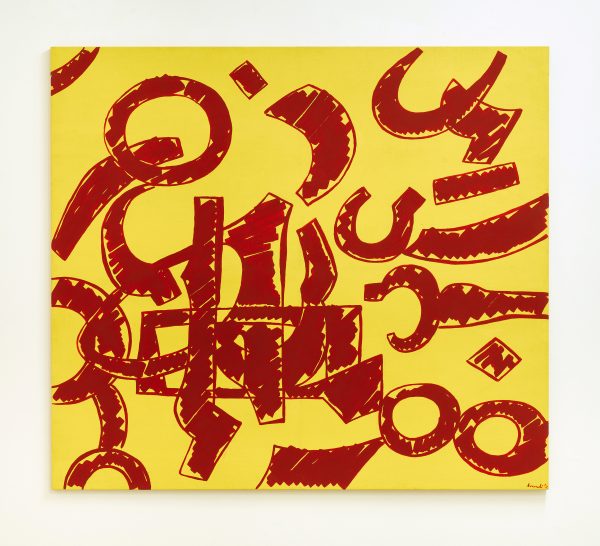 Soli impigliati in frange e lappole, 1997vinyl paint on canvas
Soli impigliati in frange e lappole, 1997vinyl paint on canvas
160×180 cm
Arch. n. 601A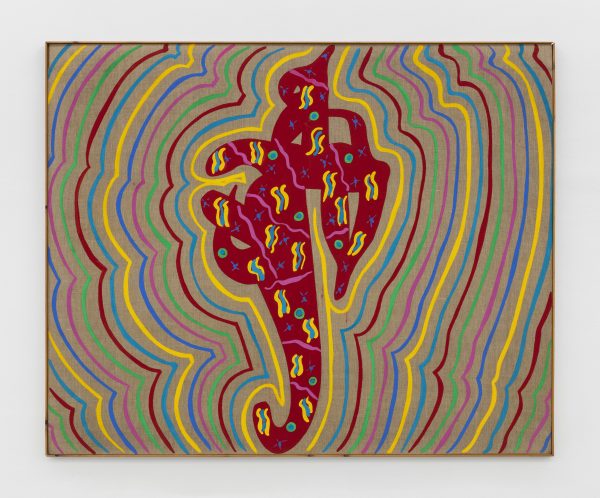 Parentesi n.1, 1981vinyl paint on raw canvas
Parentesi n.1, 1981vinyl paint on raw canvas
141×172 cm
Arch. n. 806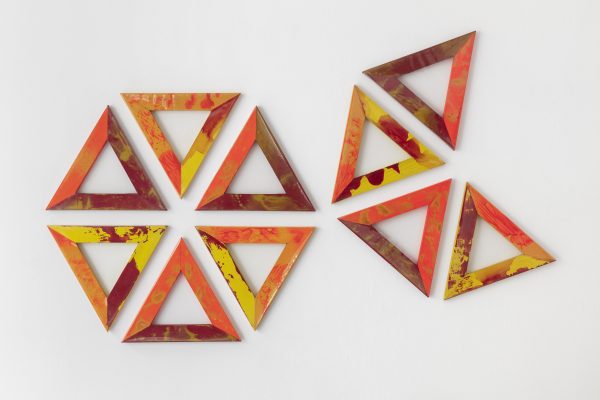 Stella (Dieci triangoli rossogialli), 1981sicofoil on painted wooden stretcher, 10 elements
Stella (Dieci triangoli rossogialli), 1981sicofoil on painted wooden stretcher, 10 elements
35×35 cm each
overall 95x145 cm
Arch. n. 800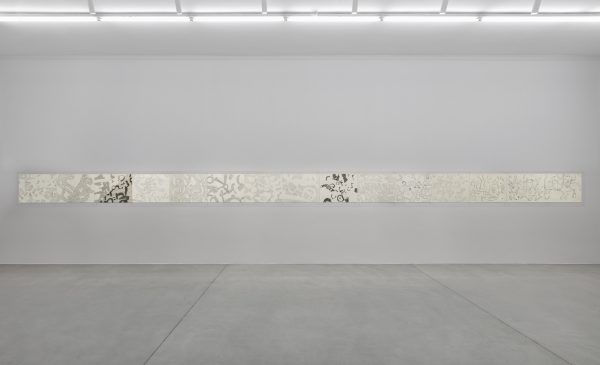 Fregio, 2004ink on paper, 15 elements
Fregio, 2004ink on paper, 15 elements
56,5×76,7 cm each
1150 cm overall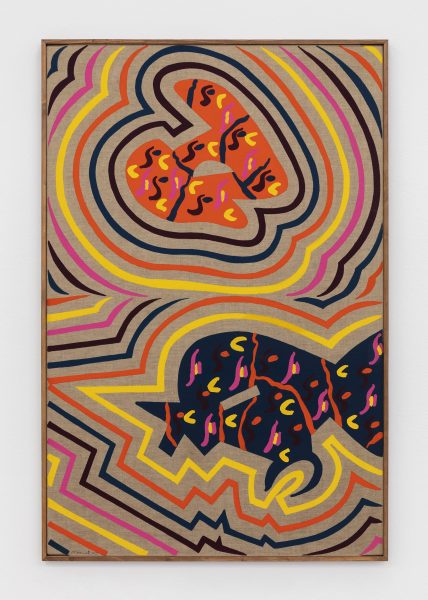 Parentesi n°3, 1982vinyl paint on raw canvas
Parentesi n°3, 1982vinyl paint on raw canvas
156×102 cm
Arch. n. 808C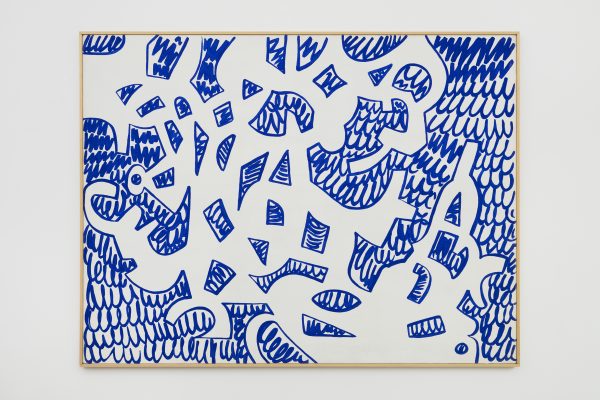 Blu su bianco, 1998vinyl paint on canvas
Blu su bianco, 1998vinyl paint on canvas
123×163 cm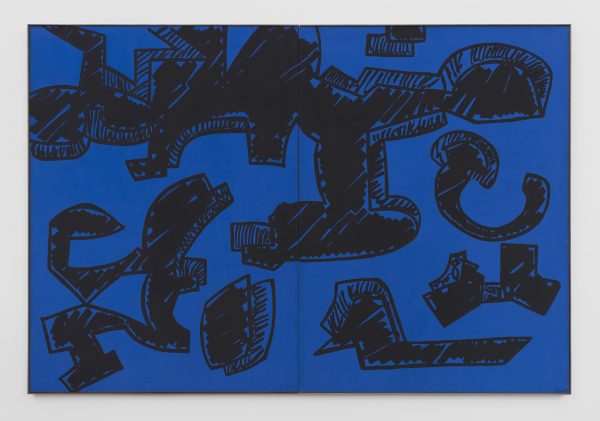 Luce crescente, 1997, view 2vinyl paint on canvas, diptych
Luce crescente, 1997, view 2vinyl paint on canvas, diptych
190×280 cm
Arch. n. 600A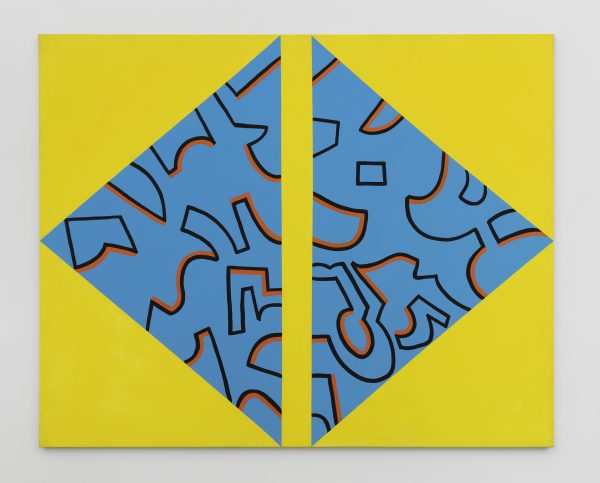 Veniente di Zaffiro, 2003vinyl paint on canvas
Veniente di Zaffiro, 2003vinyl paint on canvas
160×200 cm
Arch. n. 810 A Minuti e decenni, 2012vinyl paint on canvas
Minuti e decenni, 2012vinyl paint on canvas
100×120 cm
Arch. n. 323C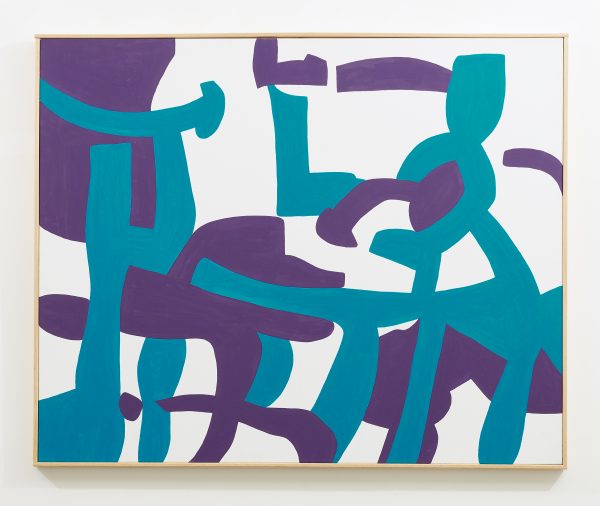 Onda notturna, 2011vinyl paint on canvas
Onda notturna, 2011vinyl paint on canvas
100×120 cm
Arch. 009A Reciproche influenze, 2012vinyl paint on canvas
Reciproche influenze, 2012vinyl paint on canvas
100×120 cm
Arch. n. 350C Si sdoppia e ricompare, 2013Vinyl paint on canvas
Si sdoppia e ricompare, 2013Vinyl paint on canvas
100×160 cm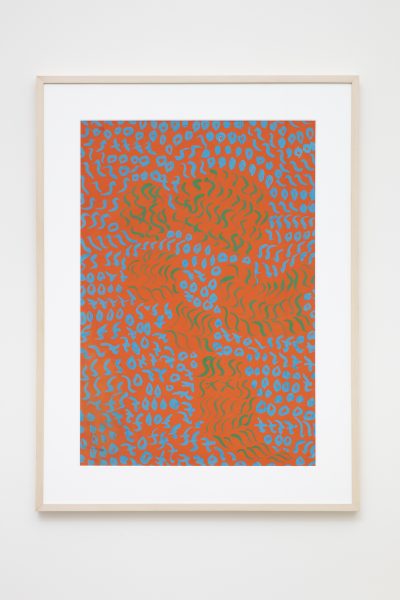 Omaggio a Matisse, 1964casein tempera on paper
Omaggio a Matisse, 1964casein tempera on paper
95×66 cm
120x90 cm framed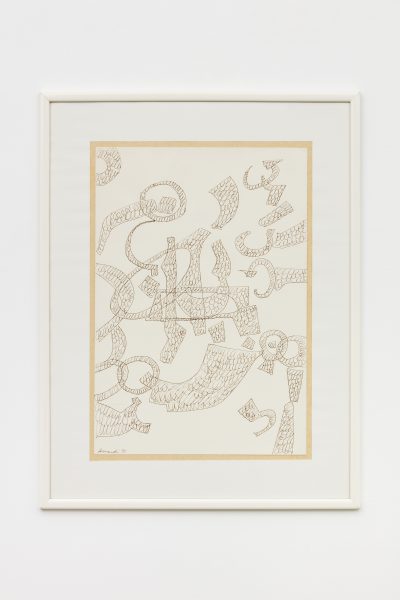 Untitled, 1991ink on paper
Untitled, 1991ink on paper
65×50 cm framed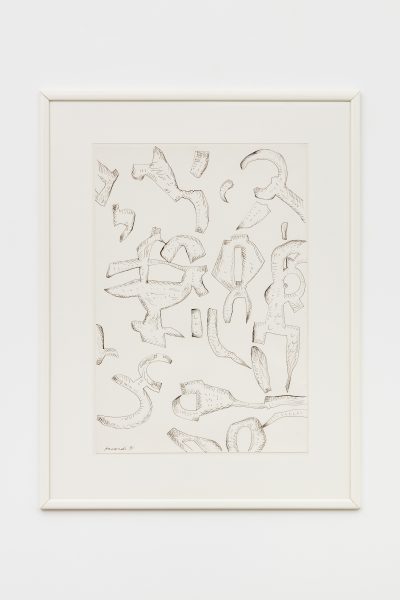 Untitled, 1991ink on paper
Untitled, 1991ink on paper
65×50 cm framed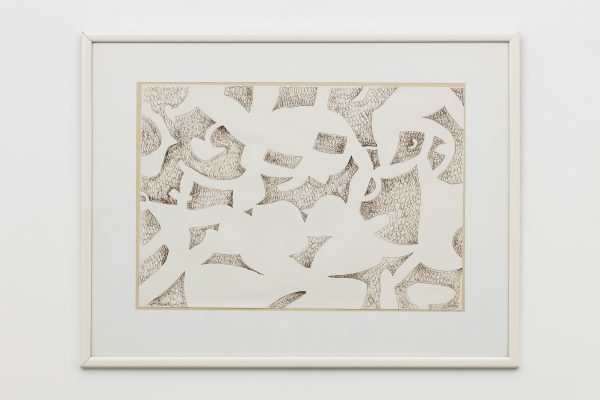 Untitled, 1991ink on paper
Untitled, 1991ink on paper
50×65 cm framed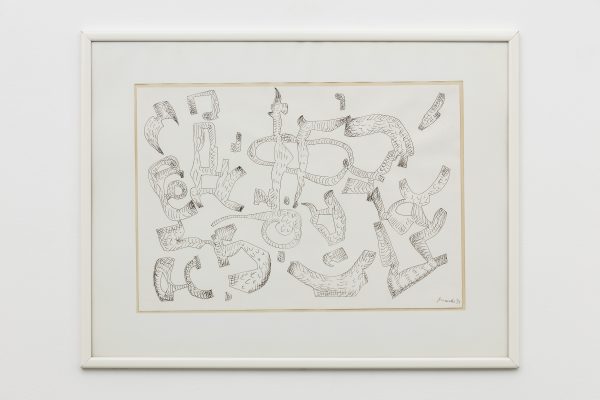 Untitled, 1991ink on paper
Untitled, 1991ink on paper
50×65 cm framed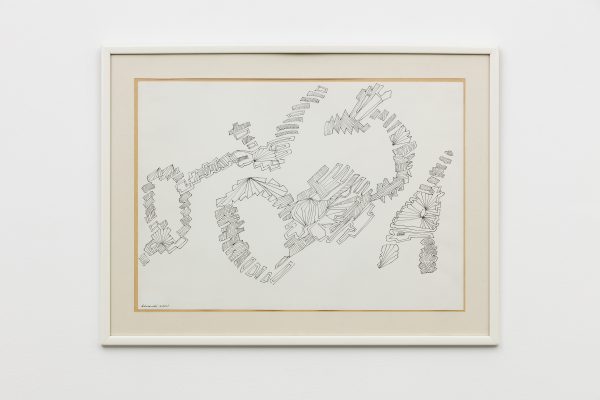 Untitled, 2001ink on paper
Untitled, 2001ink on paper
46×61 cm framed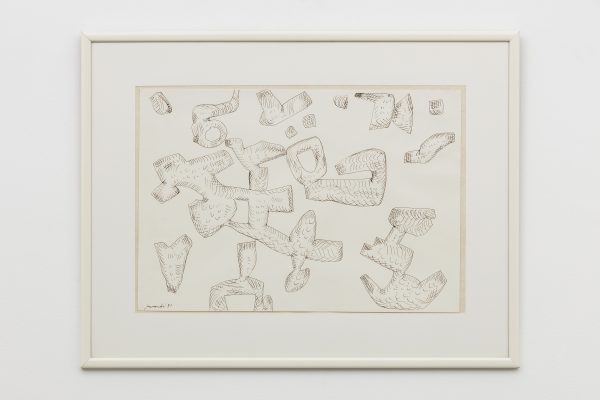 Untitled, 1991ink on paper
Untitled, 1991ink on paper
50×65 cm framed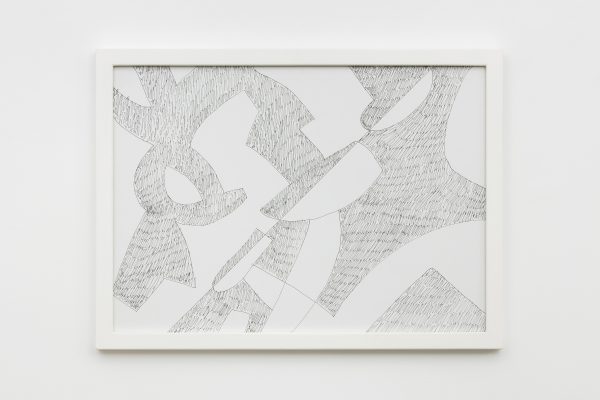 Untitled, 2006ink on paper
Untitled, 2006ink on paper
55,5×75,5 cm framed



























